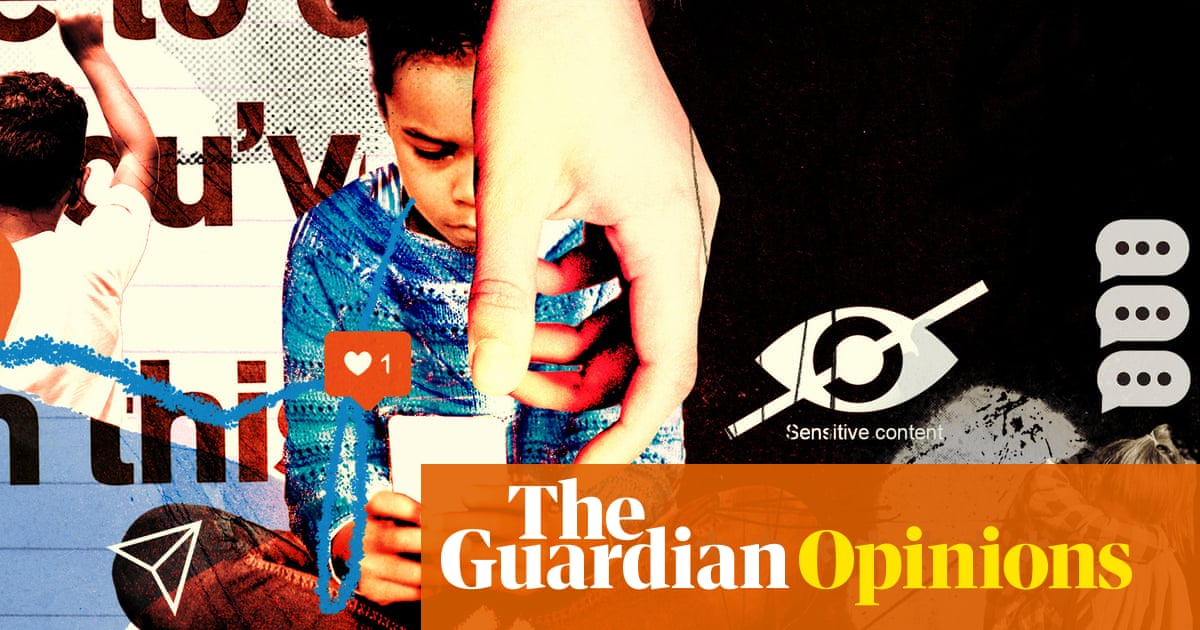As the Trump administration cut billions of dollars in federal funding to scientific researchthousands of scientists in the U.S. lost their jobs or grants — and governments and universities around the world spotted an opportunity.
The “Canada Leads” program, launched in April, hopes to foster the next generation of innovators by bringing early-career biomedical researchers north of the border.
Aix-Marseille University in France started the “Safe Place for Science” program in March — pledging to “welcome” U.S.-based scientists who “may feel threatened or hindered in their research.”
Australia’s “Global Talent Attraction Program,” announced in April, promises competitive salaries and relocation packages.
“In response to what is happening in the U.S.,” said Anna-Maria Arabia, head of the Australian Academy of Sciences, “we see an unparalleled opportunity to attract some of the smartest minds here.”
Since World War II, the U.S. has invested huge amounts of money in scientific research conducted at independent universities and federal agencies. That funding helped the U.S. to become the world’s leading scientific power — and has led to the invention of cell phones and the internet as well as new ways to treat cancer, heart disease and strokes, noted Holden Thorp, editor-in-chief of the journal Science.
But today that system is being shaken.
Since President Donald Trump took office in January, his administration has pointed to what it calls waste and inefficiency in federal science spending and made major cuts to staff levels and grant funding at the National Science Foundation,the National Institutes of HealthNASA and other agencies, as well as slashing research dollars that flow to some private universities.
The White House budget proposal for next year calls to cut the NIH budget by roughly 40% and the National Science Foundation’s by 55%.
“The Trump administration is spending its first few months reviewing the previous administration’s projects, identifying waste, and realigning our research spending to match the American people’s priorities and continue our innovative dominance,” said White House spokesperson Kush Desai.
Already, several universities have announced hiring freezes, laid off staff or stopped admitting new graduate students. On Thursday, the Trump administration revoked Harvard University’s ability to enroll international students, though a judge put that on hold.
Research institutions abroad are watching with concern for collaborations that depend on colleagues in the U.S. — but they also see opportunities to potentially poach talent.
“There are threats to science … south of the border,” said Brad Wouters, of University Health Network, Canada’s leading hospital and medical research center, which launched the “Canada Leads” recruitment drive. “There’s a whole pool of talent, a whole cohort that is being affected by this moment.”
Universities worldwide are always trying to recruit from one another, just as tech companies and businesses in other fields do. What’s unusual about the current moment is that many global recruiters are targeting researchers by promising something that seems newly threatened: academic freedom.
European Commission President Ursula von der Leyen said this month that the European Union intends “to enshrine freedom of scientific research into law.” She spoke at the launch of the bloc’s “Choose Europe for Science” — which was in the works before the Trump administration cuts but has sought to capitalize on the moment.
Eric Berton, president of Aix-Marseille University, expressed a similar sentiment after launching the institution’s “Safe Place for Science” program.
“Our American research colleagues are not particularly interested by money,” he said of applicants. “What they want above all is to be able to continue their research and that their academic freedom be preserved.”
It’s too early to say how many scientists will choose to leave the U.S. It will take months for universities to review applications and dole out funding, and longer for researchers to uproot their lives.
Plus, the American lead in funding research and development is enormous — and even significant cuts may leave crucial programs standing. The U.S. has been the world’s leading funder of R&D — including government, university and private investment — for decades. In 2023, the country funded 29% of the world’s R&D, according to the American Association for the Advancement of Science.
But some institutions abroad are reporting significant early interest from researchers in the U.S. Nearly half of the applications to “Safe Place for Science” — 139 out of 300 total — came from U.S.-based scientists, including AI researchers and astrophysicists.
U.S.-based applicants in this year’s recruitment round for France’s Institute of Genetics, Molecular and Cellular Biology roughly doubled over last year.
At the Max Planck Society in Germany, the Lise Meitner Excellence Program — aimed at young female researchers — drew triple the number of applications from U.S.-based scientists this year as last year.
Recruiters who work with companies and nonprofits say they see a similar trend.
Natalie Derry, a U.K.-based managing partner of the Global Emerging Sciences Practice at recruiter WittKieffer, said her team has seen a 25% to 35% increase in applicants from the U.S. cold-calling about open positions. When they reach out to scientists currently based in the U.S., “we are getting a much higher hit rate of people showing interest.”
Still, there are practical hurdles to overcome for would-be continent-hoppers, she said. That can include language hurdles, arranging childcare or eldercare, and significant differences in national pension or retirement programs.
Brandon Coventry never thought he would consider a scientific career outside the United States. But federal funding cuts and questions over whether new grants will materialize have left him unsure. While reluctant to leave his family and friends, he’s applied to faculty positions in Canada and France.
“I’ve never wanted to necessarily leave the United States, but this is a serious contender for me,” said Coventry, who is a postdoctoral fellow studying neural implants at the University of Wisconsin-Madison.
But it’s not easy to pick up and move a scientific career — let alone a life.
Marianna Zhang was studying how children develop race and gender stereotypes as a postdoctoral fellow at New York University when her National Science Foundation grant was canceled. She said it felt like “America as a country was no longer interested in studying questions like mine.”
Still, she wasn’t sure of her next move. “It’s no easy solution, just fleeing and escaping to another country,” she said.
The recruitment programs range in ambition, from those trying to attract a dozen researchers to a single university to the continent-wide “Choose Europe” initiative.
But it’s unclear if the total amount of funding and new positions offered could match what’s being shed in the U.S.
Even as universities and institutes think about recruiting talent from the U.S., there’s more apprehension than glee at the funding cuts.
“Science is a global endeavor,” said Patrick Cramer, head of the Max Planck Society, noting that datasets and discoveries are often shared among international collaborators.
One aim of recruitment drives is to “to help prevent the loss of talent to the global scientific community,” he said.
Researchers worldwide will suffer if collaborations are shut down and databases taken offline, scientists say.
“The U.S. was always an example, in both science and education,” said Patrick Schultz, president of France’s Institute of Genetics, Molecular and Cellular Biology. So the cuts and policies were “very frightening also for us because it was an example for the whole world.”
___
The Associated Press Health and Science Department receives support from the Howard Hughes Medical Institute’s Science and Educational Media Group and the Robert Wood Johnson Foundation. The AP is solely responsible for all content.









